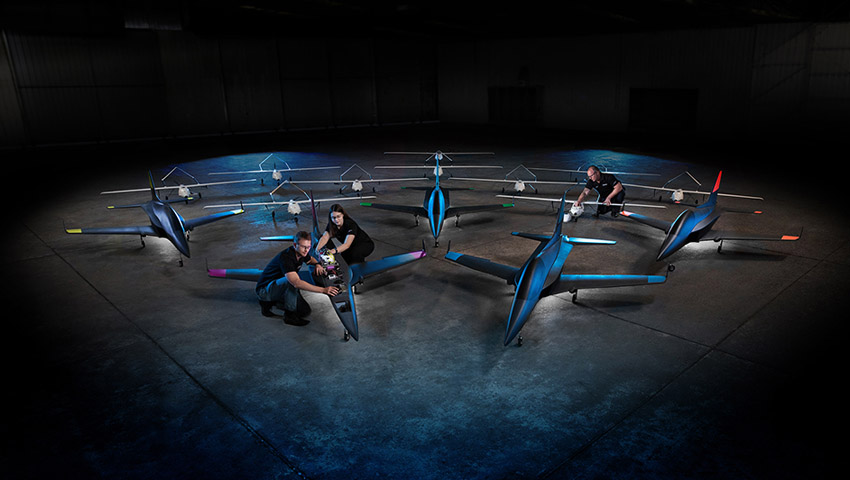Boeing Australia is rapidly evolving its autonomous systems technology capabilities in the lab and in the field as it prepares for the first flight of the Royal Australian Air Force’s Loyal Wingman prototype in 2020.
The Boeing team is using its world-class Systems Analysis Laboratory based in Brisbane, Australia, to simulate and model critical mission capabilities and the aircraft product life cycle.
Dr Shane Arnott, director of Boeing’s Phantom Works International, said, “Our aircraft and mission system is well advanced in our rigorous design and test program, bolstered by Boeing’s adoption of digital engineering.”
“As a result, we have a live digital copy of the entire aircraft design that we’ve been able to ‘fly’ thousands of times under different scenarios to test aircraft performance and the mission system,” Dr Arnott added.
In fact, the Boeing team has already taken the learnings from the lab and is advancing field testing the mission system with surrogate aircraft. Boeing has fielded a team of 15 autonomous test bed aircraft to refine autonomous control algorithms, data fusion, object detection systems and collision avoidance behaviours.
The combined lab and field tests are important steps in meeting the goals of the Loyal Wingman – Advanced Development Program.
Announced by the Australian government in February, the program will result in a prototype aircraft that will test the potential of this disruptive new technology. It is designed to protect and extend airpower by teaming multiple unmanned platforms with manned assets to achieve a range of missions.
“We’ve flown 10 of those autonomous test beds in formation using our mission system technology. We are continuing to increase the speed and complexity of our testing, most recently with five much larger high-performance jets with the capacity to fly up to 300 kilometres per hour, ahead of the full-speed prototype flight,” Dr Arnott explained.
Digital engineering has enabled Boeing to develop, simulate and test mission system behaviours that ultimately will increase customer capabilities – such as situational awareness and ISR. The team is working closely with the RAAF to refine the manned-unmanned teaming solution to address specific operational needs, and ensure manned pilots can trust and easily understand the unmanned systems flying with them.
Dr Arnott said, “This has significantly de-risked and reduced the aircraft test program costs and improved the robustness of the mission system to support a wide range of possible threat scenarios. We’ve placed a particular focus on ensuring our underlying ‘watchdog algorithms’ provide the right level of AI and autonomy for manned-unmanned teaming operations.”
The work being done in Australia also serves as the foundation for a global unmanned smart teaming system Boeing launched at the Avalon Airshow called the Boeing Airpower Teaming System (ATS).
Designed and developed by Boeing Australia and powered by AI, the ATS is a modular and highly customisable aircraft with fighter-like flight capabilities.
Kristin Robertson, vice president and general manager of Boeing Autonomous Systems, said Boeing sees the ATS working as a true force partner, where the pilot of a manned aircraft could call on the team to complement and support a specific threat-based mission.
“It’s our goal to help customers bring quantity to the fight and to integrate sovereign capability, data links, sensors and communications systems in a wider ecosystem of platforms that work together. The testing being done now is another step in getting a force multiplier to the warfighter, but with the confidence in AI they need,” Ms Robertson said.






